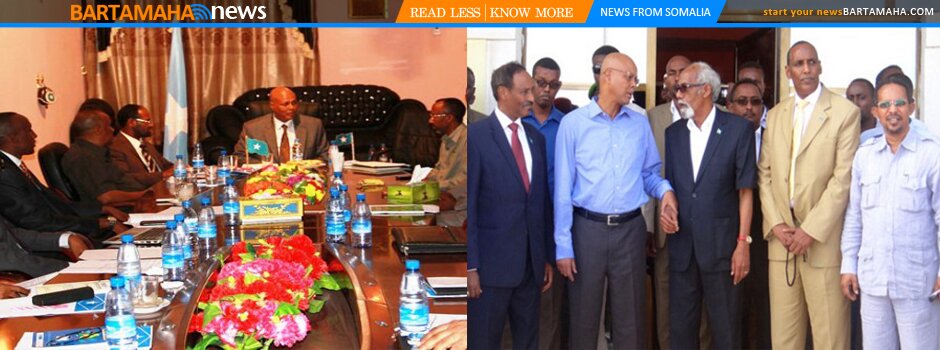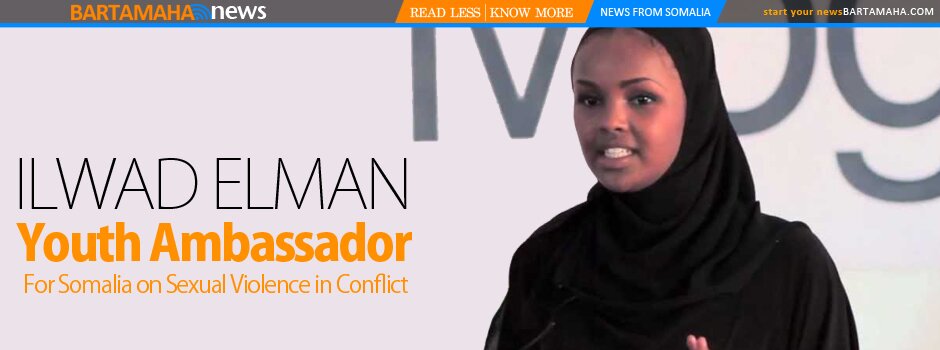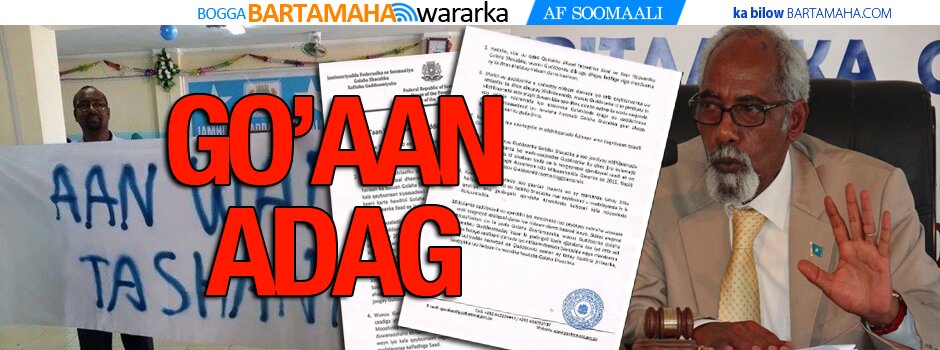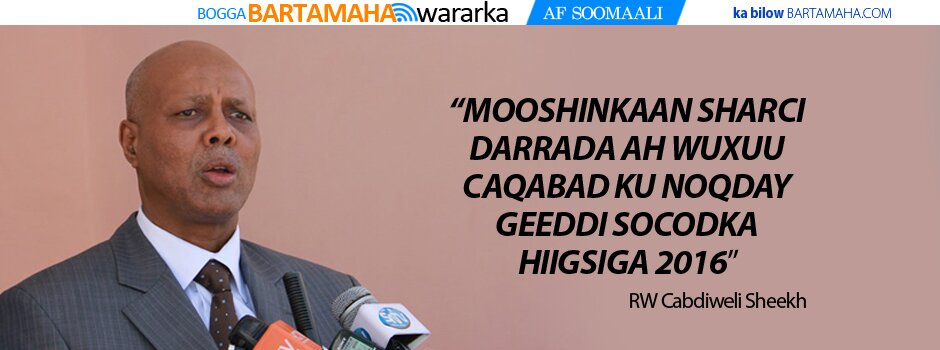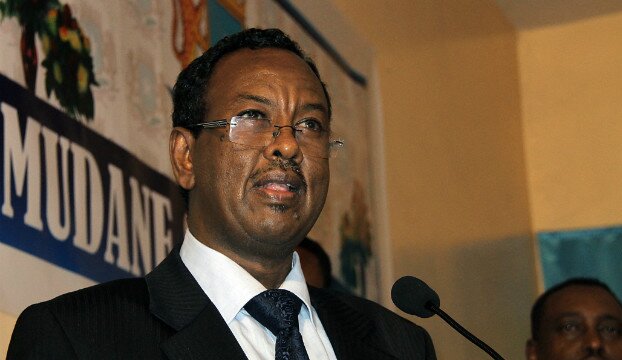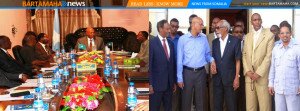Somalia: Not Much Changed in 2010
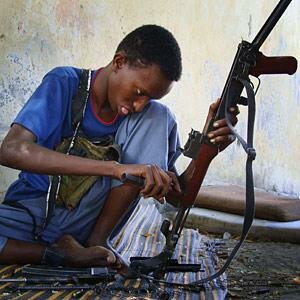 Bartamaha (Mogadishu):- In Somalia, 2010 saw a continuation of fighting between militant groups and the forces loyal to the Transitional Federal Government (TFG). And Somalia continued to be home to one of the world’s worst humanitarian disasters.
Bartamaha (Mogadishu):- In Somalia, 2010 saw a continuation of fighting between militant groups and the forces loyal to the Transitional Federal Government (TFG). And Somalia continued to be home to one of the world’s worst humanitarian disasters.
Former U.S. ambassador David Shinn says, “If you look at the total picture, the situation at the end of the year is very much like it was at the beginning of the year.”
Politics and security
“Taking the political situation first,” he says, “the one positive note is that there were many analysts during the course of the year who predicted the total collapse of the Transitional Federal Government sometime during 2010. That didn’t happen. So, the worst case scenario was clearly avoided.”
Shinn, who’s adjunct professor at George Washington University’s Elliott School of International Affairs, says the TFG still has not made the progress it needs to make to be an effective governing body.
“On the other hand,” he says, “the opposition, mainly al-Shabab and Hizbul Islam, have been so fractured by internal problems, that although they have held their own, they haven’t been able to make the breakthrough that they tried to make, particularly with the attacks during Ramadan in Mogadishu.”
Shinn says, “I would argue that the TFG, thanks to the African Union force, AMISOM, in Mogadishu, is in a slightly better position than it was at the beginning of the year. As I understand it, Shabab now controls only about 40 percent of Mogadishu proper, which is down from about 60 percent just a few months ago. AMISOM has added Ugandan and [Burundian] troops to its force. It’s up to 8,000 plus now and seems to be clearly in control of a larger section of the city.”
Humanitarian crisis
The conflict in Somalia has created what the U.N. calls one of the world’s worst humanitarian crises. The World Food Program says it’s providing food aid to two and a half million people. It says more need assistance, but they are in areas that humanitarian workers are unable to access because of insecurity.
“If you take the humanitarian side,” says Shinn, “I think the situation is slightly worse than it was at the beginning of the year. You have 1.5 million internally displaced persons.”
About 400,000 thousand of them fled Mogadishu and have settled in the Afgooye corridor outside of the capital.
“This is obviously not an acceptable situation,” he says.
Militants
“It’s very hard to know what is going on within al-Shabab. There have been rumors for several months of a significant split in al-Shabab involving Mukthar Robow, who is effectively the deputy commander. He’s denied that he has any disagreements with the al-Shabab leadership, but that denial has not been really proven yet either,” he says.
Also, Shinn says, “There clearly are factions within al-Shabab, but I think there are disagreements…on the role being played by foreign Jihadi forces — not Somalis from the Diaspora, but non-Somalis who have Jihadi goals and are looking to create an Islamic caliphate (a caliphate refers to an early Islamic system of government).”
“I think an awful lot of supporters of al-Shabab are more nationalists and they’re really not particularly interested in that agenda. On the other hand, the leadership of al-Shabab, who I think almost to a person tends to be very extreme.”
What’s more, he says, “There are also strange things going on between Hizbul Islam and al-Shabab. One faction of Hizbul Islam announced a couple of days ago that it was joining al-Shabab, but it was not Hassan Dahir Aweys who made the announcement; it was another person. There’s a lot of movement both within al-Shabab and Hizbul Islam which suggests they’ve got their own problems.”
Aweys is considered one of the more radical leaders.
2011
As for the New Year, the former ambassador says, “Over the short term, I would expect to see a continuation of the current patterns. That is, continuing disarray – disarray may be too strong of a term – within al-Shabab and Hizbul Islam. And very, very slight strengthening of the security situation for the Transitional Federal Government, but no solutions to their internal political problems. The TFG has not shown that it has a vision and it has not shown that it can eliminate the differences between the executive branch and parliament. There is no indication that parliament is in a position to resolve its internal differences.”
He says, “Looking medium term, that is, six months to a year, I am not one of those who is willing to predict a victory by the extremist forces. I don’t think that will happen. The bigger question is: Can the TFG get its act together? President Sheikh Sharif Ahmed is supposed to come to the end of his term at the end of January. The mandate for the Transitional Federal Government is over as of August of 2011.”
Right now, Shinn says, the TFG shows no signs it will be “better and different” in the New Year.
==================================
Source:-VOA
Comments
comments
 Calendar
Calendar






